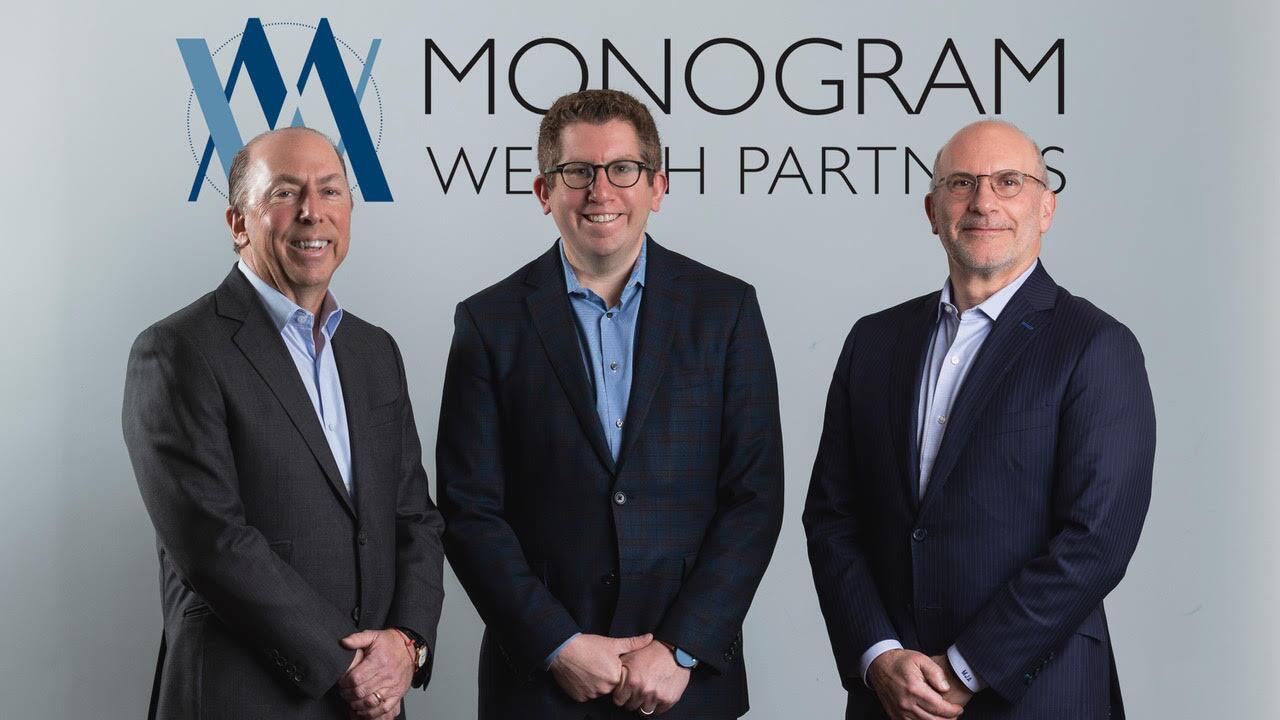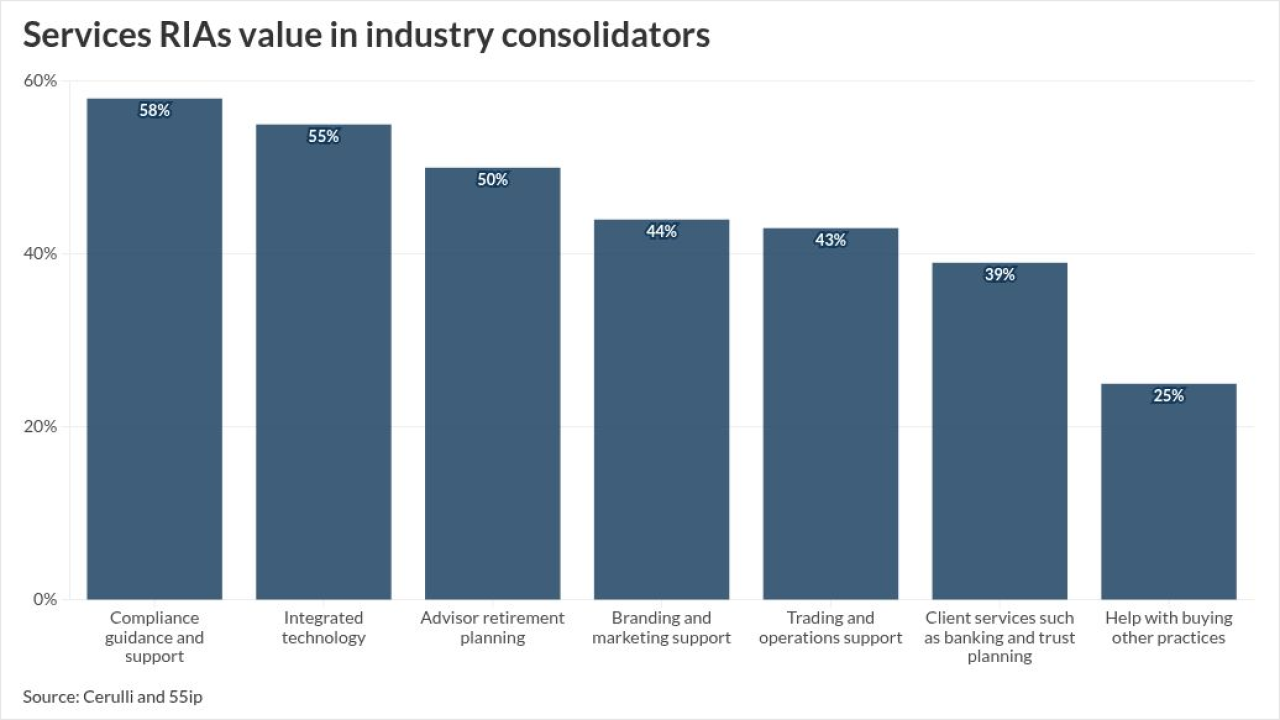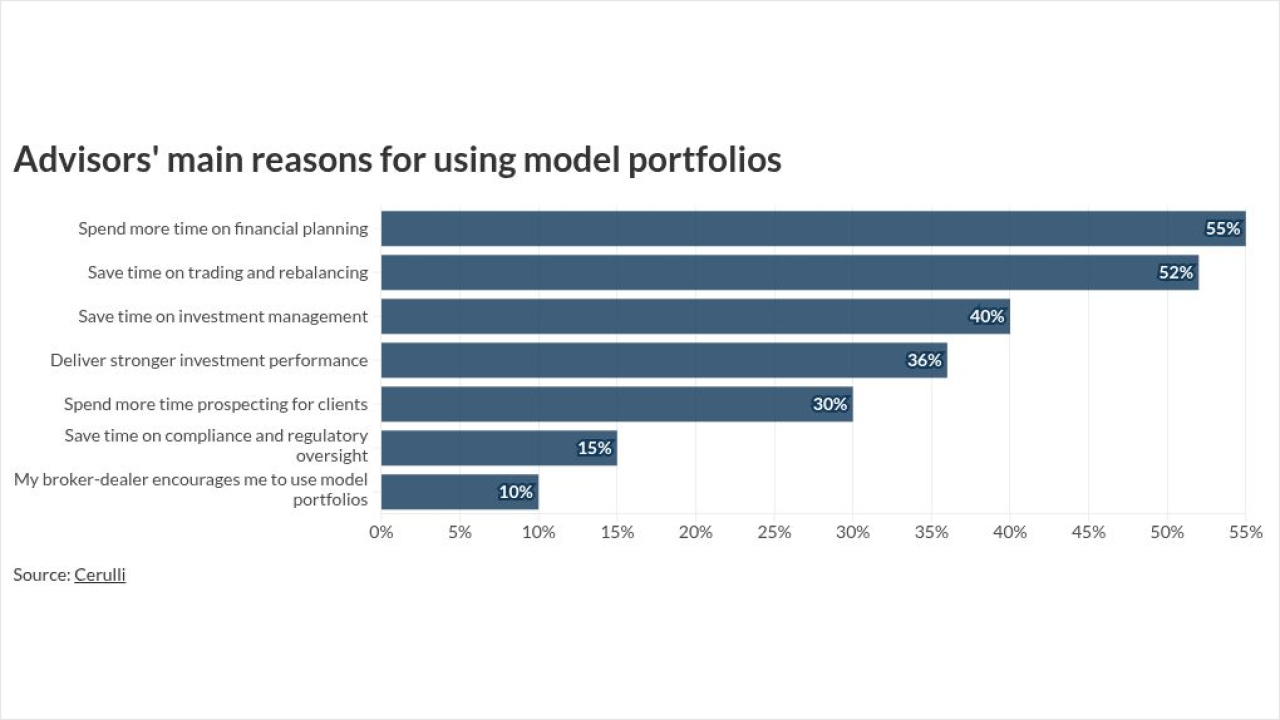The rise of indexing mutual funds and other diversified investors is increasing the temptation for public companies to act in the interests of their rivals, a trio of professors say.
Their study, “Common Ownership in America: 1980-2017,” is the latest entry in a growing body of research looking into whether the expanding influence of giant shareholders like passively managed funds is making American companies less willing to compete. When so many businesses have the same owners, the theory goes, rivalries between them weaken, as firms face growing incentives to keep people other than their customers and employees happy.
The paper shows implied incentives linked to common ownership have risen to “economically significant” levels. But large indexers like BlackRock, Vanguard and State Street have an “ambiguous relationship” to this trend, which effectively predates their march to preeminence.

To test the thesis, the researchers examined something called “profit weight” — how much value a company theoretically places on its peers’ earnings in light of common ownership. They found it surged from 0.2 in 1980 to 0.5 by 1999 to almost 0.7 in 2017, according to models they developed. Zero would suggest firms do nothing but maximize their own profit, while one means “full collusion” or “the weight a merged firm places on an acquired subsidiary,” according to the paper.
To be sure, the paper doesn’t prove anti-competitive practices are going on — just that the reward systems for them exist.
“This paper is descriptive and shows the change in incentives over time due to indexing and institutional ownership,” Michael Sinkinson, co-author and assistant professor of economics at the Yale School of Management, wrote in an email.
Anti-competitive behavior involves eschewing practices that drive up costs industrywide (such as poaching rivals’ workers), or that may reduce expected revenue (like a race-to-the bottom in prices). Broadly speaking, to the extent that this behavior prevails, it’s positive for capitalists and negative for consumers.
-
The activity began last Friday when 6.4 million shares hit the tape, fueling a record daily inflow for the fund.
July 29 -
The new data will allow retail investors to better compare active and passive funds.
April 5 -
Asset managers are seeking alternatives to standard mutual fund products.
May 6
To get to a profit-weight estimate, the researchers looked at every pair of companies in the S&P 500 and tried to calculate how much investors in one benefited from earnings at the other.
“If I have a profit weight of 0.5 on my competitor, that means a dollar of profit to him is equivalent to $0.50 of profit for me,” Sinkinson said. “This is why we say these profit weights could soften competition: If I have positive profit weights on my competitors, then I am less likely to compete more aggressively since hurting my rivals also hurts me.”
An examination of 13F forms on investor positioning shows that the share of the S&P 500 owned by fund managers with more than $100 million in assets has risen from less than 40% to above 80% by 2017, according to the paper. The breadth of common shareholders appears to be a more significant contributor to this dynamic than a high degree of concentration among a few shareholders.
Fees were nearly half the price of the top-performing active funds.
The two most important trends driving this rise toward collectivist rather than firm-level profit maximization since 1980 are, “(1) the positions of investors in firms become more similar to each other over time and (2) the similarity is largely driven by a broad trend toward indexing among asset managers,” write authors Matthew Backus of Columbia University, Christopher Conlon of New York University and Yale’s Sinkinson. “This contrasts with what appears to be the developing narrative that common ownership is largely a function of rising investor concentration particularly among the ‘Big Three.’”
Or, in other words, a combination of herding and index-hugging behavior on the part of asset managers. The irony: passive index funds, blasted as being “worse than Marxism” for the lack of conscious decision-making applied to capital allocation, might be merely codifying and reinforcing a trend put in motion by active managers — at a much higher cost.
Of course, these academic arguments don’t tend to carry much weight in capital markets circles — or even for organized labor. Bloomberg columnist Matt Levine, who attended a recent Federal Trade Commission panel on this topic of collective ownership, indicated that representatives from BlackRock, the Council of Institutional Investors, the U.S. Chamber of Commerce, and the AFL-CIO all agreed it’s a non-issue. For now...






